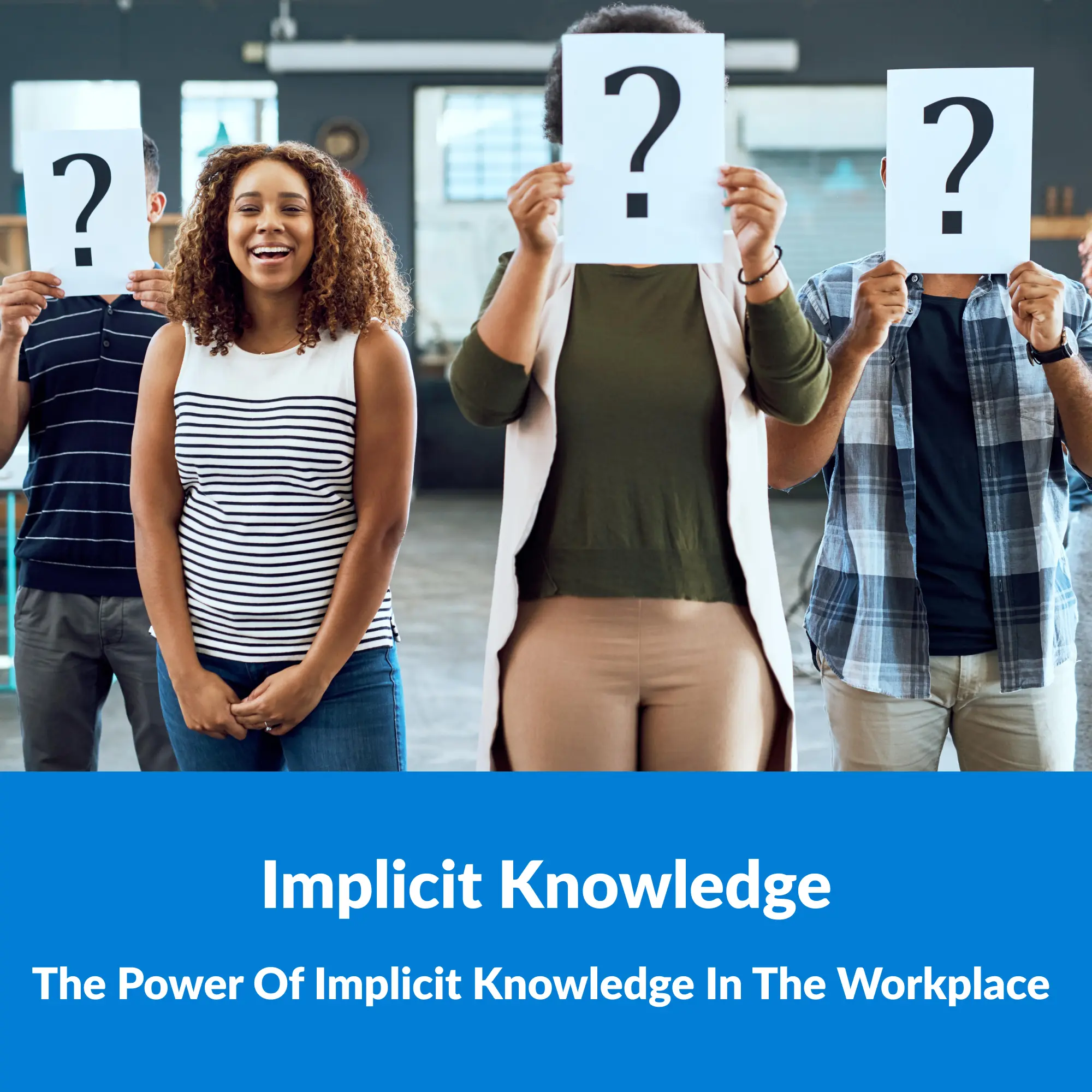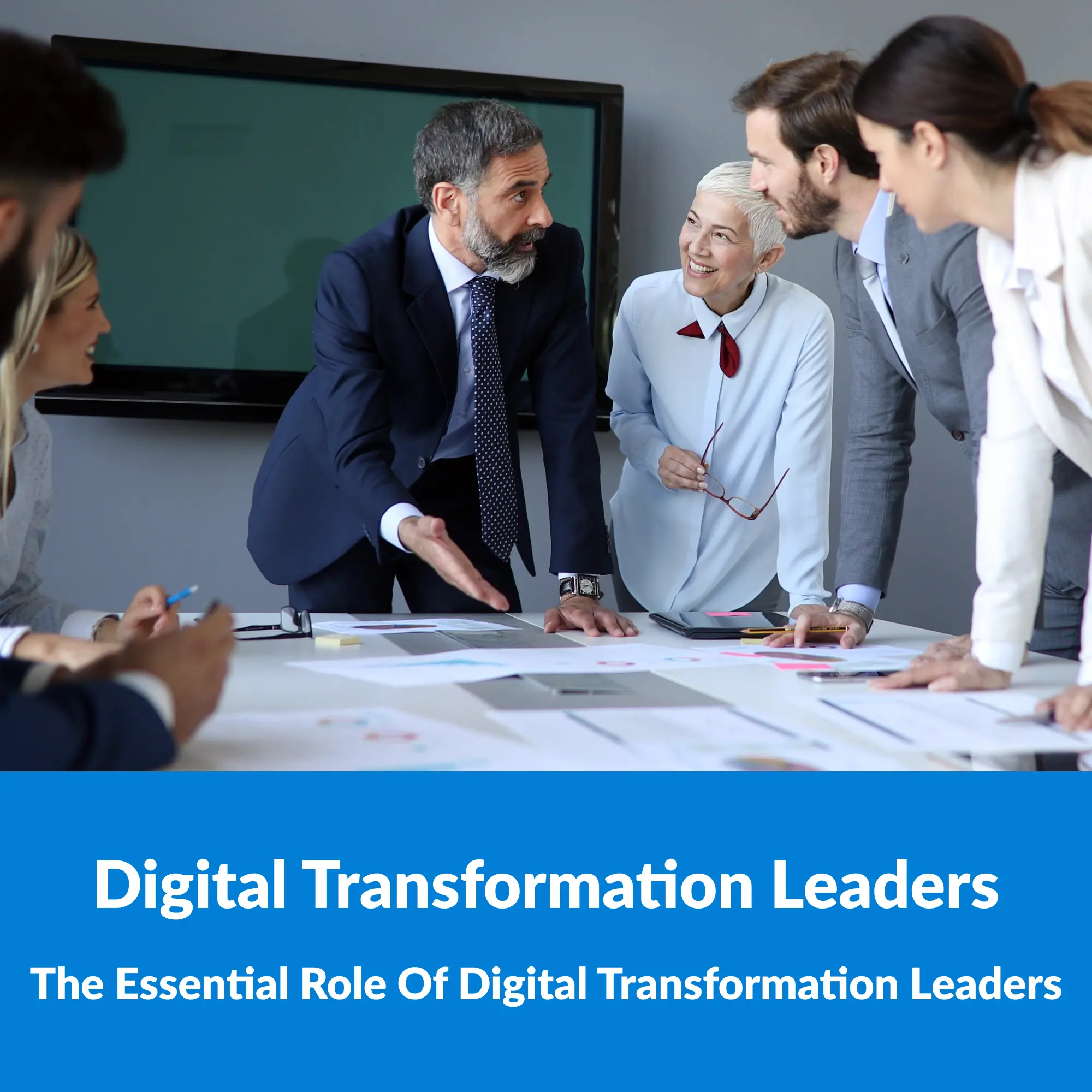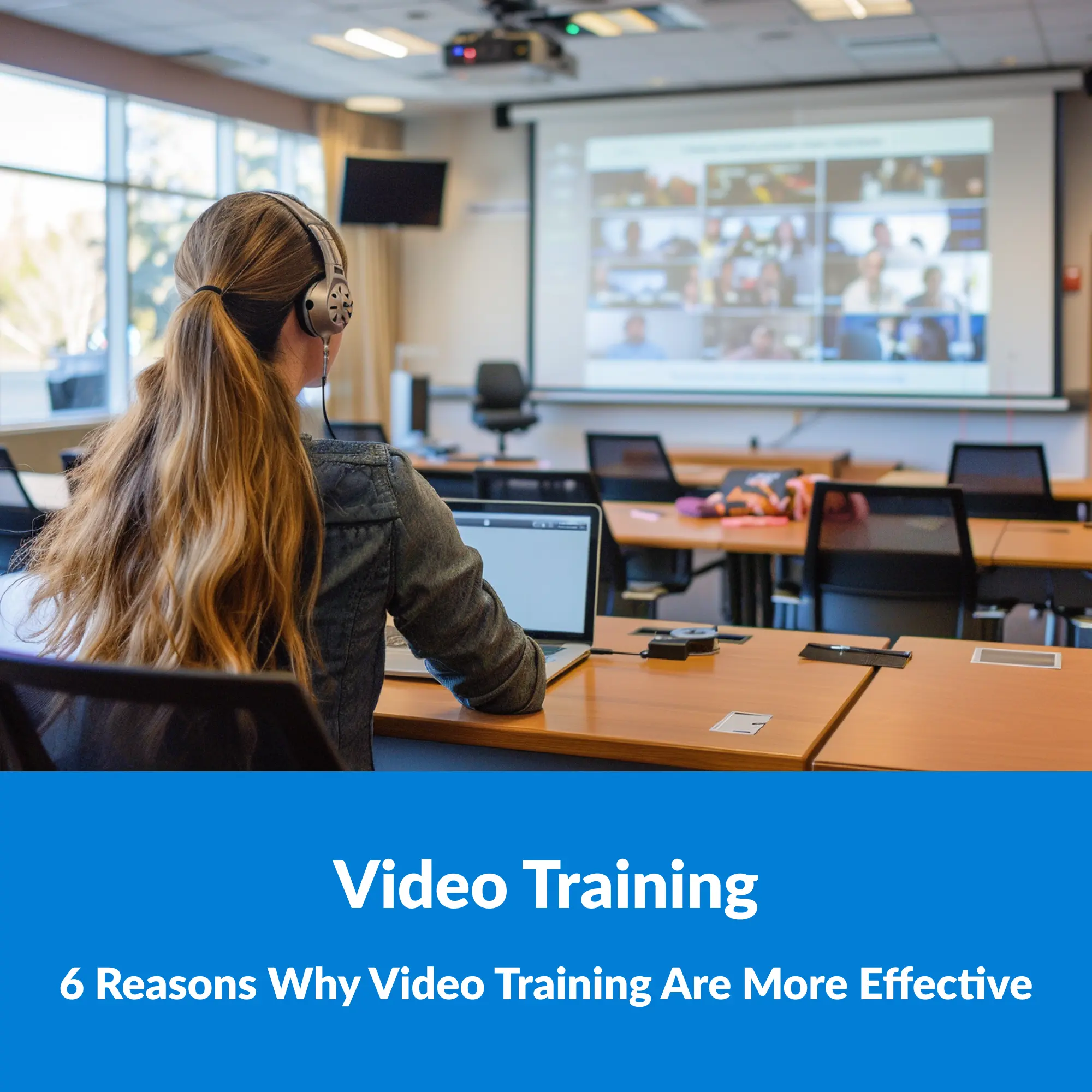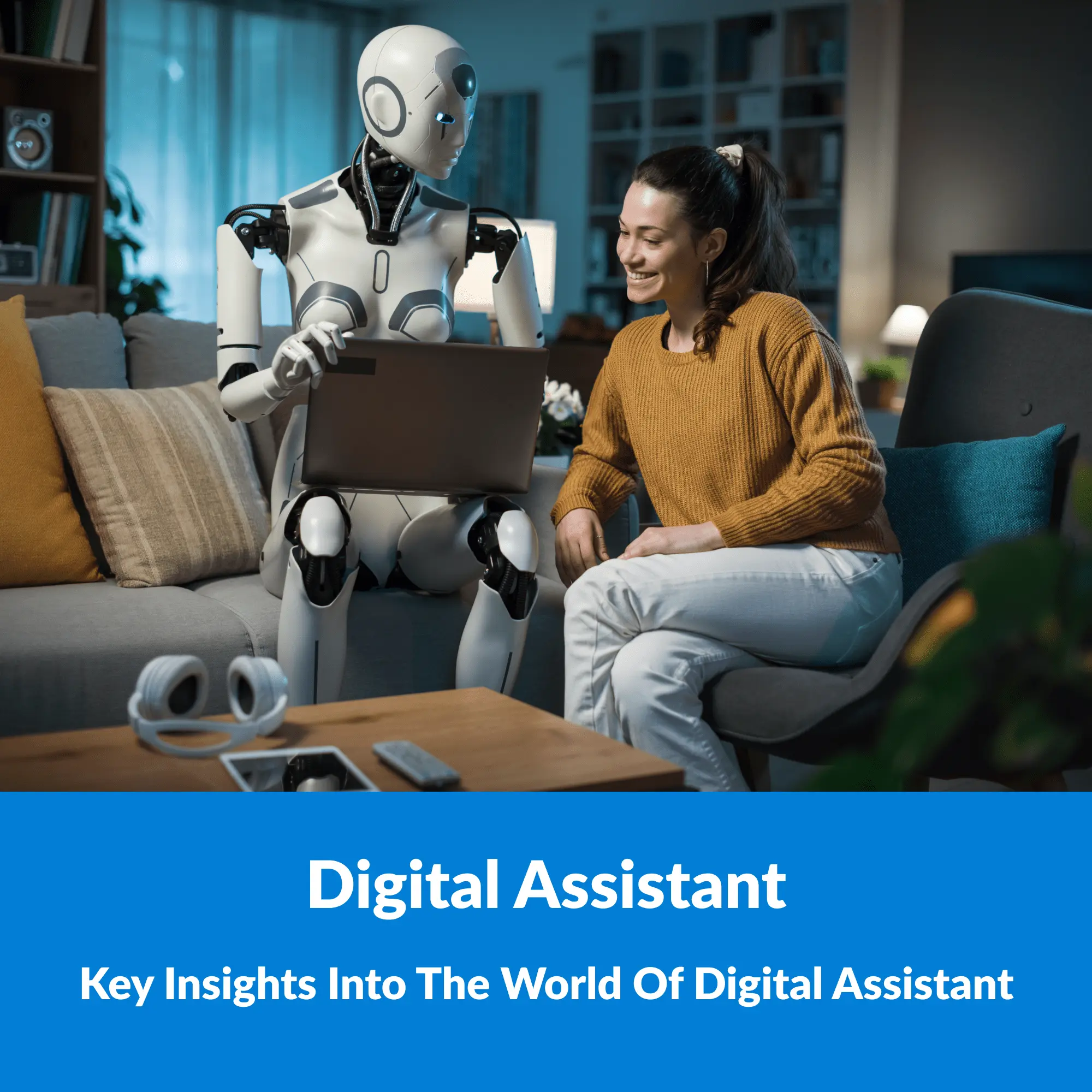The corporate training scene has undergone a lot of innovation over the last few years or so. More comprehensive training strategies, like lifelong learning, adaptive learning, and engagement learning, are gaining popularity quickly.

People increasingly choose a “Netflix-like” interface with suggestions, panels, mobile interfaces, and highly tailored learning.
They no longer search “course catalogs” for courses like they used to. We need a means to train and learn “in the flow of work.” That’s what Learning Experience Platforms (LXPs) are creating for learners and gradually becoming an irreplaceable part of the learning ecosystem.
What is a Learning Experience Platform?
Learning Experience Platforms are integrated consumer-grade technology solutions that enable real-time learning. Make learning more individualized and assist users in finding new learning opportunities with artificial intelligence.
LXPs give a contemporary, consumer-grade look and feel similar to that of well-known social networking and multimedia websites. In contrast to the user experience (UX) of typical corporate learning platforms, which may be seen as stale or outmoded. LXPs deliver completely functional mobile device experiences via mobile apps and responsive design.
Learning Experience Platforms can support a broad range of information that originates inside and outside a company’s firewall. An LXP can contain various content categories, such as blog entries, industry articles, videos, podcasts, and courses. End users can develop and publish material using LXPs, and they can also construct social profiles with information about their accomplishments and activities.
The primary advances of LXP
The function offers diversified content-finding capabilities that separate LXPs from Learning Management Systems (LMSs). Instead of being constrained by prepackaged catalog content, learners can look for fascinating content on their own while simultaneously being directed toward it by the platform.
Here are some additional traits that differentiate LXPs from LMSs:
- Wide-ranging integration Capabilities.
- Data Analysis Capabilities.
- Mobile Experience Capabilities.
Specifically,
Wide-ranging integration Capabilities
API support for easy integration with existing learning platforms and CRM tools is an important feature that LXPs should possess. A wide range of integration features allow for connectivity to various ecosystems that can be used to advance learning.
Besides that, LXPs expand the learning experience outside the corporate learning system by integrating with additional platforms like Google Services, YouTube, Social Media, and communicational tools.
People, especially youngsters, are now likely to learn from something fast, interesting, and lively. Social media is not just only an entertaining platform anymore. It is also a potential tool for people to acquire knowledge. The data provided by Domo on the project “How much data is generated every minute?” will partly prove it.
With a large amount of information from many sources, LXPs offer machine learning services to intelligently choose and arrange external details found on the web and present consumers with tailored recommendations. Users can also manually curate both internal and external material to distribute to their peers.
Data Analysis Capabilities
To track business KPIs and make wise decisions that support the growth of a learning company, L&D has to have strong business intelligence and analytics skills.
Additionally, high-performing firms constantly track data and take appropriate action to assist employees better and meet company needs.
LXP’s gather and store usage and learning data for learners to present in dashboards and reports used by administrators and end users.
Administrators can use the dashboards to spot platform-wide learning and usage patterns. At the same time, staff members can utilize them to track their progress toward their goals.
Mobile Experience Capabilities
This is an excellent point. Provide fully functional mobile apps for smartphones and tablets that give a seamless learning experience. Offering mobile apps for both Android and iOS is the main aspect.
All of the LXP solution providers have designed their solutions to be mobile-optimized because they are aware of the rise of mobile devices.

Data from Hootsuite shows that the time users spend online on mobile devices has steadily increased. This feature is a necessary change and is in line with current trends.
To assess how successful this has been accomplished, businesses should analyze LXPs by looking at components such as single calls to action, content presentation within the user interface, visual layout, and ease of navigation. They should also search for features like voice recognition, SMS, push notifications, and location awareness.
Benefits of using a LXPs
With lots of outstanding advances, here are some key benefits of a LXP.
Saving on L&D costs
LXPs provide a wealth of data that organizations can use, including:
- Key performance improvement indicators
- Summary reports on learner activity and utilization of content
- Cultural data
- Summary reports on business metrics and program value
- Summary reports based on engagement, Team data,.. That treasure trove of information will save a bunch of money on other research projects.
Future developments in the data analytic capabilities of LXPs will enable firms to more accurately identify potential skill gaps, connections to business alignment, and talent risks.
Save time and agile learning
Traditional education requires a preliminary planning stage: Employees must block off an hour or more of time to view an online course.
To better accommodate their hectic schedules, employees would much rather have agile learning experiences that can provide content fast and flexibly in the flow of work.
LXP’s give microlearning materials that fill demand at a specific time. Besides that, with its user-friendly interface, LXPs is the ultimate tool for microlearning.
Key differences between Learning Experience Platform (LXP) and Learning Management Systems (LMS)
Many companies wonder if they need to invest in LXP if they already have an LMS platform. The differences between these two systems are clearly displayed in the comparative table below.
| Key difference | Learning Experience Platform (LXP) | Learning Management System (LMS) |
| Type of system | Learning Experience Platform (LXP) is an open platform that allows for the unrestricted integration and distribution of third-party content. | Learning Management System (LMS) is a closed system. The learning content in LMS is limited to the modules and courses offered by the administrators. LMS systems do not use resources from outside vendors. |
| Control authority | – An LXP personalizes the learning experience, empowering decision-making directly in the hands of the end user. – Employees have the right to choose their own goals and plan their own learning path. | – The course sequences and learning paths are set by the LMS administrators or authorized persons. – Employees have very little control over the data they consume or the activities they engage in an LMS. |
| Business function | The goal is impact-oriented learning. To develop a deeper knowledge of the relationship between learning and on-the-job performance, LXPs can employ data from extended learning exchanges. | The learning course usually meets the needs of corporate learning (compliance). |
| Organization scale | With LXP, you can scale your payment as your user base increases. | LMS is not appropriate for use by small teams or organizations. |
Future company performance depends heavily on digital platforms like LMS and LXP. LMS manufacturers are hurriedly integrating LXP functionalities into their systems.
Business customers are also looking for clarification on how the vendor landscape will develop. While some businesses use both LXP and LMS simultaneously, others will attempt to consolidate systems, picking only one.
Organizations that haven’t implemented either option will need to decide whether to do so, whether to implement both solutions, or whether to implement neither.
When considering purchasing an Learning Experience Platform, all of these elements should be taken into account – the price, the design and usability, the accessibility of mobile apps, cloud-based hosting, specialized support and problem-solving, and interaction with already-existing learning and CRM systems.





